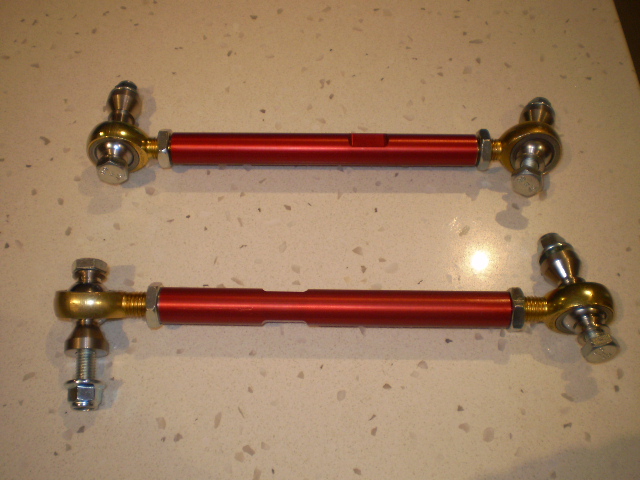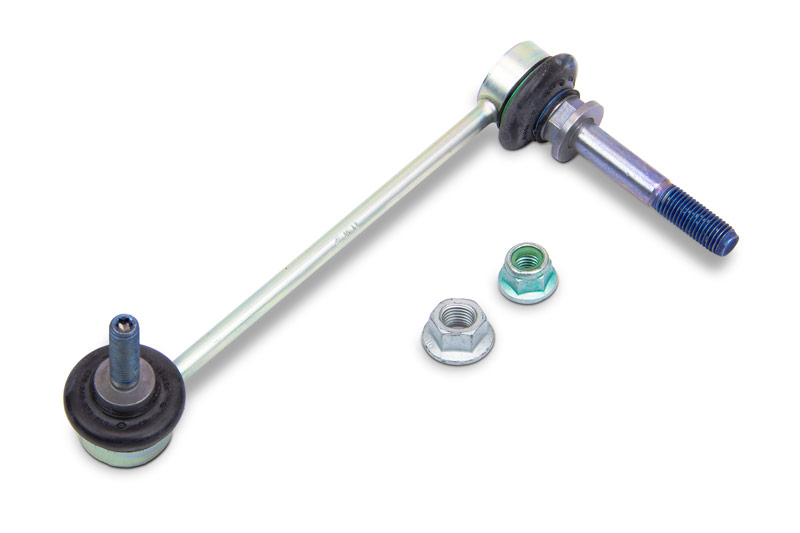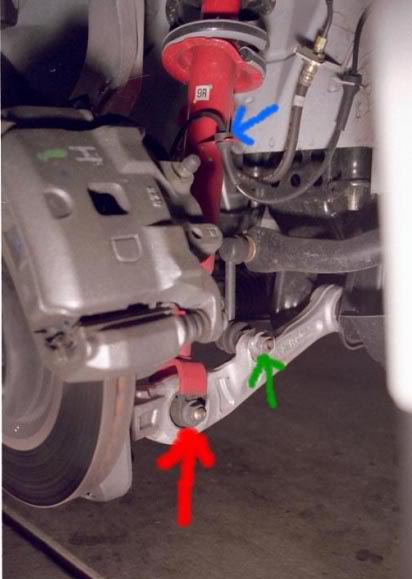These relatively simple devices alternatively known as sway bars stabilizer bars roll bars or anti roll bars bolt to the chassis in a central location across the front and rear axle lines and connect to each side of the front and rear suspension via endlinks.
Adjustable sway bar links explained.
The stiffer the bar the more force required to move the left and right wheels relative to each other.
I have just learnt this after lengthening mine then having to dump the car in town as the rubbing sounded like chewbacca getting a thai massage.
Whiteline adjustable sway bars allow their stiffness to be altered by increasing or reducing the length of the lever arms.
This permits the roll stiffness to be tuned for different situations without replacing the entire bar.
The oems recognize that it is important to have a sway bar for cornering stability.
A smaller sway bar end link will allow a larger distance from the sway bar and the axle.
This means that the sway bar itself is a straight either hollow or solid bar that is splined on the ends to accept the arms that connect to the end links.
Sway bars can provide adjustments to driving dynamics like understeer and oversteer by transferring weight to different corners of the suspension as the vehicle navigates a corner.
Some aftermarket sway bar manufacturers produce splined sway bars.
For example the rear e36 m3 sway barbarian has two adjustment holes.
Bar in middle positions.
Sway bar suspension bar or an anti roll bar as it is commonly called is an essential part of a car s system.
Conventional thinking would assume that you have two positions stiffer holes furthest away from the ends of the bar or softer holes on the ends of the bar.
For increased fine tuning you can set one side to soft and the other.
The splined sway bar is seen in road racing a lot as it is easily adjustable.
Basically a sway bar is a metal arm that connects the right wheel to its adjacent left wheel.





























